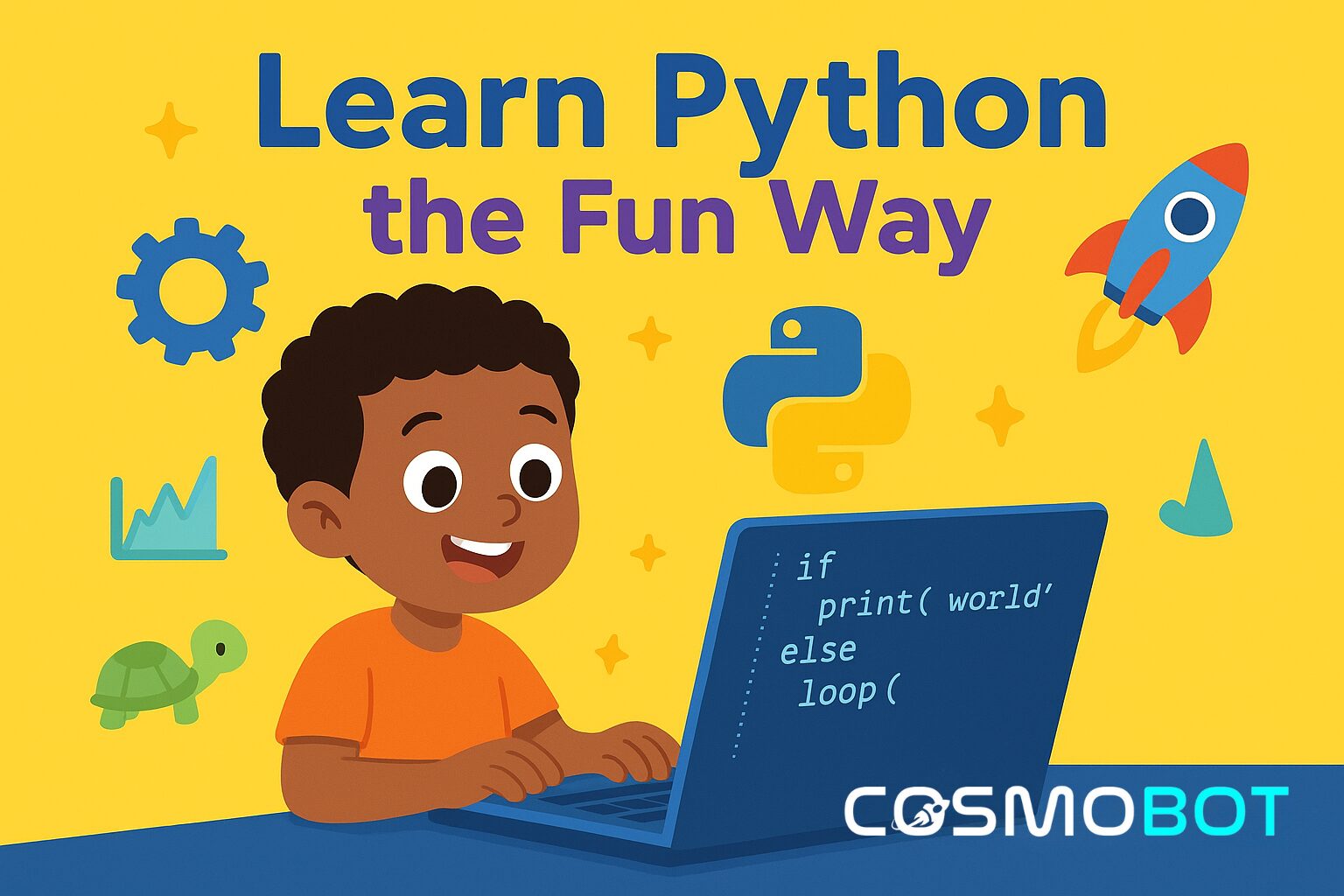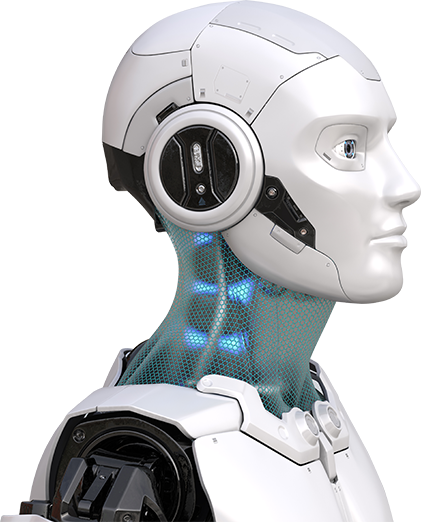1. Introduction
Which Coding Language Should My Child Learn First? (Scratch vs Python) let’s find out: In today’s tech-driven world, coding has become the new literacy. Parents everywhere are realizing the importance of teaching coding early — not just to prepare children for future careers, but to develop essential skills like problem-solving, creativity, and logical thinking.
But with so many options out there, one big question arises: “Which coding language should my child learn first?”
At Cosmobot, Siliguri’s leading robotics and coding institute for kids, we often hear parents ask this question. The two most popular options for beginners are Scratch and Python — both powerful, fun, and suitable for children, yet very different in approach.
Let’s explore how these two languages compare and help you decide which one is best for your child’s learning journey.
2. Why Coding Matters for Kids
Coding is no longer just a technical skill — it’s a new way of thinking. Through coding, children learn how to:
- Break down complex problems into smaller steps
- Think logically and creatively
- Collaborate with others on shared projects
- Understand technology, rather than just use it
At Cosmobot, we believe introducing coding early builds a solid foundation for STEM education — preparing children to become tomorrow’s innovators and engineers.
3. Understanding Scratch: Coding Made Simple and Fun
What is Scratch?
Scratch is a visual, block-based programming language developed by MIT for young learners. It allows children to create stories, games, and animations by dragging and dropping colorful code blocks — no typing or syntax errors involved!
Why Scratch is Perfect for Beginners
- Visual & Interactive – The drag-and-drop interface helps kids focus on logic, not code syntax.
- Instant Results – Children can see their creations come alive in real time, keeping them motivated.
- Creativity Boost – Ideal for younger children (ages 7–12) who love animation, storytelling, and games.
- Community Learning – Scratch has a huge online community where kids can share projects safely.
What Kids Learn from Scratch
- Logical sequencing
- Event-driven programming
- Loops and conditions
- Creative storytelling and design
Scratch helps kids fall in love with coding by making it visual, fun, and frustration-free.
4. Understanding Python: The Next Step in Coding Mastery
What is Python?
Python is one of the most popular programming languages in the world — used by companies like Google, NASA, and Netflix. Despite being a professional language, its simple syntax makes it ideal for kids who are ready to move beyond blocks and start typing real code.
Why Python is Great for Kids
- Readable Syntax – Looks like simple English; easy for kids to grasp.
- Powerful Applications – Used for AI, robotics, data science, web apps, and more.
- Long-Term Value – Skills learned in Python apply to advanced tech fields later in life.
- Strong Educational Support – Abundant tutorials, courses, and community help available.
What Kids Learn from Python
- Real-world coding syntax
- Functions, loops, and conditions
- Data handling and variables
- Logical and computational thinking
Python helps children transition from visual coding to real-world development — a perfect next step after Scratch.
5. Scratch vs Python: Key Differences
| Feature | Scratch | Python |
|---|---|---|
| Difficulty Level | Very easy (visual) | Moderate (text-based) |
| Recommended Age | 7–12 years | 10+ years |
| Interface | Drag-and-drop blocks | Typing-based code |
| Focus Area | Animation, storytelling, logic | Real-world coding & problem-solving |
| Learning Style | Visual & interactive | Conceptual & logical |
| Use Cases | Games, stories, art | Robotics, AI, data, apps |
| Transition Value | Builds coding mindset | Prepares for professional coding |
In short, Scratch builds interest and understanding, while Python develops depth and skill.
6. Which Language Should Your Child Learn First?
It depends on your child’s age, interest, and learning style.
- If your child is new to computers or under 10, start with Scratch. It builds logical reasoning and confidence without the pressure of typing or syntax.
- If your child is 10 or older and shows curiosity about real-world technology — like robotics or AI — start with Python.
At Cosmobot, we follow a progressive learning model — introducing kids to Scratch first, then gradually moving them to Python once they’re comfortable with coding concepts.
7. How Cosmobot Helps Kids Learn Scratch & Python
At Cosmobot.in, our goal is to make coding education fun, engaging, and impactful.
Here’s how we guide your child step by step:
- Interactive Learning – Hands-on projects that blend fun with real coding logic.
- Age-Based Curriculum – Scratch for juniors, Python for advanced learners.
- Expert Mentors – Certified instructors who specialize in teaching kids.
- STEM Integration – Coding blended with robotics, design, and logical challenges.
- Personalized Progress Tracking – Every child learns at their own pace.
Our programs are designed not only to teach coding, but to spark innovation and curiosity — essential skills for tomorrow’s tech leaders.
8. The Cosmobot Advantage
Why parents across Siliguri trust Cosmobot for their child’s coding education:
- Structured Curriculum aligned with global standards.
- Practical, project-based learning rather than rote lessons.
- Safe and encouraging environment for kids to explore freely.
- Hands-on robotics integration, making learning even more exciting.
Cosmobot isn’t just a coding school — it’s a launchpad for your child’s creativity, confidence, and career growth.
9. Final Thoughts
Choosing between Scratch and Python doesn’t have to be confusing.
Start where your child feels most comfortable — and remember, both paths lead to the same goal: developing a creative, logical, and confident young coder.
At Cosmobot, we make sure your child not only learns coding but also enjoys the process — turning ideas into innovation.
10. FAQs
1. What is the right age to start learning coding?
Children as young as 7 can begin learning coding with visual languages like Scratch.
2. Is Python too difficult for kids?
No! With guided instruction, Python is easy and exciting — especially for children over 10.
3. Can kids learn both Scratch and Python?
Absolutely. Starting with Scratch and then moving to Python is the most effective path.
4. Why should I choose Cosmobot for my child’s coding journey?
Cosmobot offers hands-on, age-appropriate courses in coding and robotics that make learning both educational and fun.







